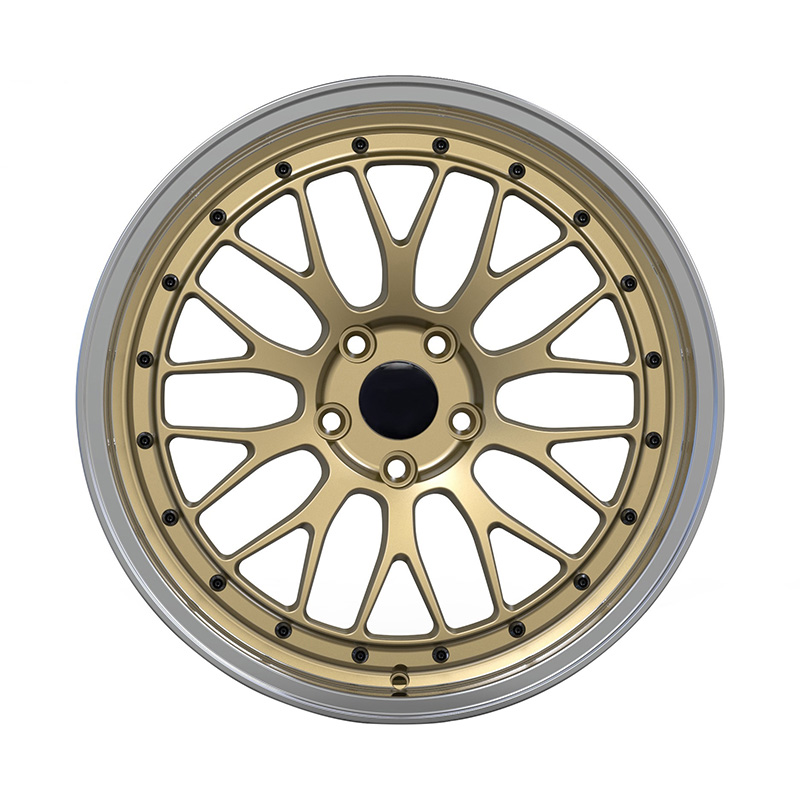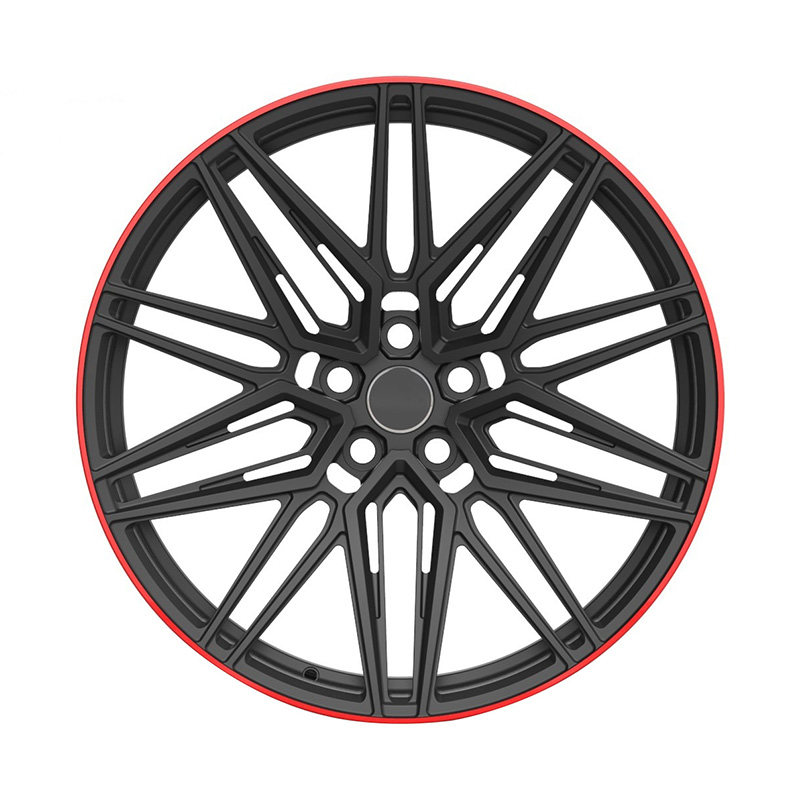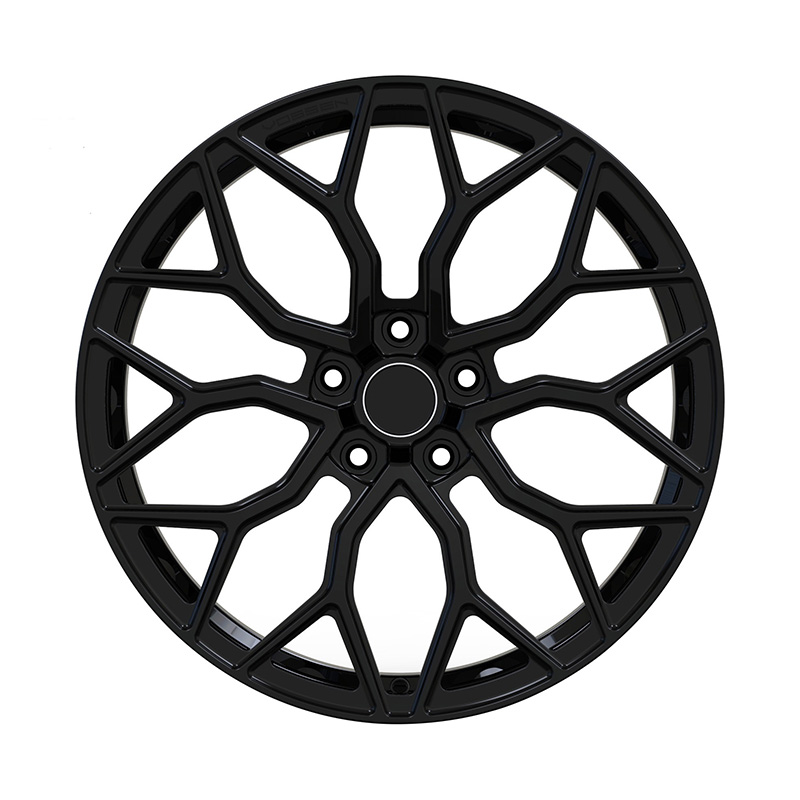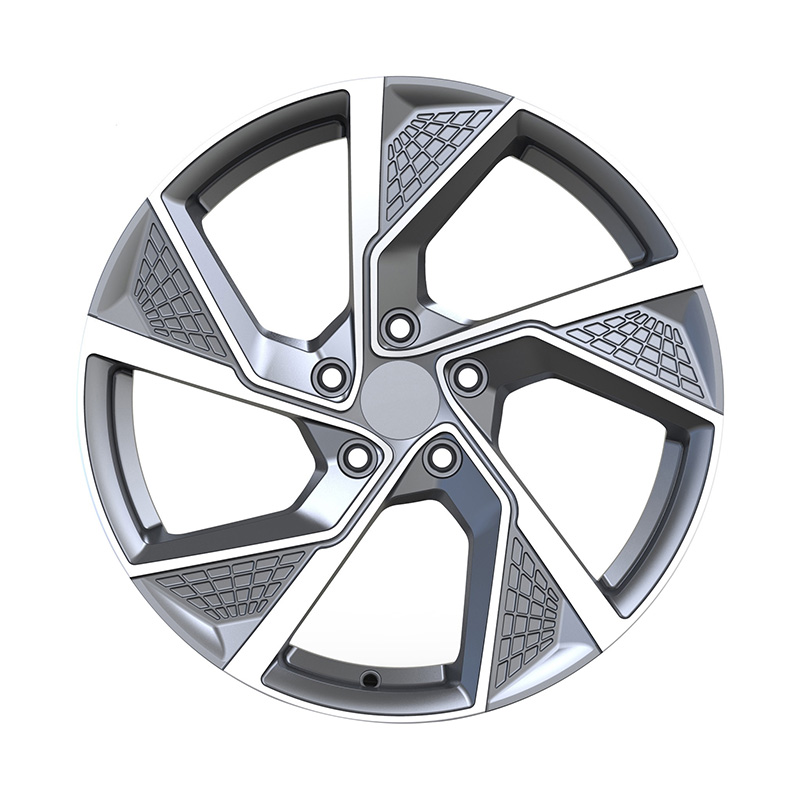
Submit
Submit feedback
Wheel and Component Modification Requirements Across Car Series
2025-09-12
1. Wheel Modifications
a. Diameter and Width
Sports/Performance Series: Larger diameters (18–22 inches) are common to accommodate bigger brakes and improve handling. Width increases (from stock ~7–9 inches to 9–12 inches) for wider tires.
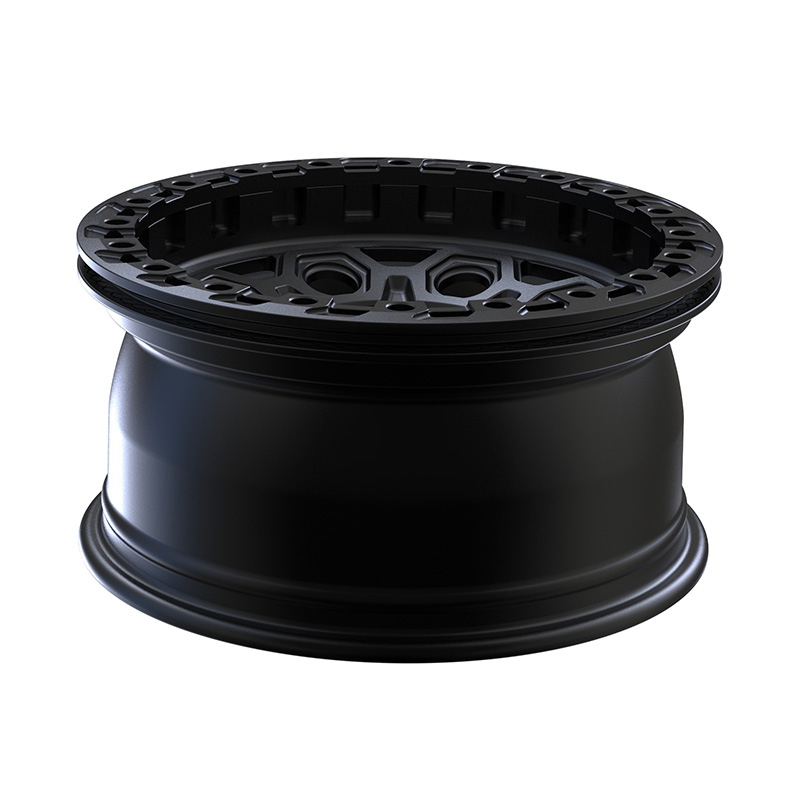
Luxury/Comfort Series: Slight increases in diameter (17–20 inches) mainly for aesthetics; width changes are moderate to maintain ride comfort.
SUV/Off-Road Series: Wheel diameter varies (17–22 inches), but width increases are often for stability; off-road tires require careful clearance checks.
Requirements:
Ensure wheel well clearance and suspension travel are not compromised.
Verify the offset (ET) to maintain correct track width and avoid rubbing.
b. Material and Weight
Aluminum Alloy: Standard across most series for lightweight performance.
Forged Wheels: Favored for high-performance sports series due to higher strength-to-weight ratio.
Steel Wheels: Common for entry-level or off-road use for durability and cost efficiency.
Requirements:
Weight reduction is crucial for handling; excess weight increases unsprung mass, affecting ride and braking.
c. Bolt Pattern and Hub Diameter
Must match the vehicle's hub and lug configuration.
Some aftermarket modifications require hub-centric adapters to ensure proper centering and reduce vibration.
2. Tire Modifications
Performance Series: Low-profile tires for better handling, often wider for increased grip.
Luxury Series: Prioritize ride comfort and noise reduction; aspect ratio is higher.
SUV/Off-Road: High sidewalls for shock absorption; tread designed for terrain.
Requirements:
Maintain overall rolling diameter within ±3% of stock to prevent speedometer errors and ABS malfunctions.
Ensure tires meet load rating and speed rating for the vehicle class.
3. Brake System Compatibility
Upgrading wheels often exposes larger brake kits.
Performance Series: Typically allows for bigger calipers and rotors; aftermarket wheels must accommodate this.
Luxury Series: Larger wheels sometimes for aesthetics, not always for bigger brakes.
SUV/Off-Road: Heavy-duty brakes must be compatible with wheel size.
Requirement
Minimum wheel diameter is dictated by brake size.
Ensure proper clearance for caliper and rotor combinations.
4. Suspension & Clearance Adjustments
Lowering or raising the car requires recalculating wheel offset and tire diameter to avoid rubbing.
Performance Series: Stiffer suspension often demands precise wheel sizing for handling.
SUV/Off-Road: Larger tires often need lift kits for proper clearance.
5. Summary Table
|
Car Series |
Wheel Diameter |
Width |
Tire Type |
Key Requirements |
|
Sports/Performance |
18–22" |
9–12" |
Low-profile, wide |
Brake clearance, low unsprung weight |
|
Luxury/Comfort |
17–20" |
7–9" |
Comfort-focused |
Ride comfort, noise, moderate performance |
|
SUV/Off-Road |
17–22" |
8–12" |
High sidewall |
Clearance for lift kits, load & terrain needs |
6. Wheel Materials and Finishes
The choice of wheel material and finish can significantly influence not just the aesthetics but also performance and longevity. Aluminum alloy wheels are the most commonly used across car series due to their lightweight properties and good heat dissipation. This makes them ideal for both sports and luxury vehicles, where performance and comfort are priorities. For high-performance sports cars, forged aluminum wheels are often preferred because they offer superior strength while reducing weight, which enhances handling, acceleration, and braking performance.
Steel wheels, on the other hand, are more common in entry-level or utility-focused vehicles like off-road SUVs. They are heavier but extremely durable, making them resistant to impacts from rough terrain. Finishes such as powder coating, chrome plating, or anodizing can protect the wheels from corrosion and enhance visual appeal. However, it’s essential that the finish process does not add excessive weight or alter the wheel’s structural integrity.
7. Brake System Integration
When modifying wheels, it is critical to consider the brake system. Performance-oriented vehicles often have larger brake calipers and rotors, which require wheels with sufficient clearance. Installing wheels that are too small may interfere with the brakes, leading to reduced braking efficiency or potential damage.
For luxury cars, larger wheels are often used for aesthetic purposes rather than functional ones, but brake clearance still needs verification. SUVs and off-road vehicles sometimes require heavy-duty brakes to handle larger tires and increased load. Off-road forged wheel modifications should ensure that calipers, rotors, and brake lines remain unobstructed, maintaining optimal stopping performance and safety.
recommend products
-
Zhenlun Multi Spokes Split Monoblock Forged Wheels Bronze With Silver Lip Edge
-
Zhenlun Matt Black With Red Lip Monoblock Forged Wheels
-
Zhenlun Gloss Black Monoblock Forged Wheels Gloss Black For Sports Car
-
Zhenlun Monoblock Forged Wheels Lightgrey With Machined Face
-
Zhenlun Monoblock Forged Wheels Gloss Black Dense Multi Spoke

 0
0

